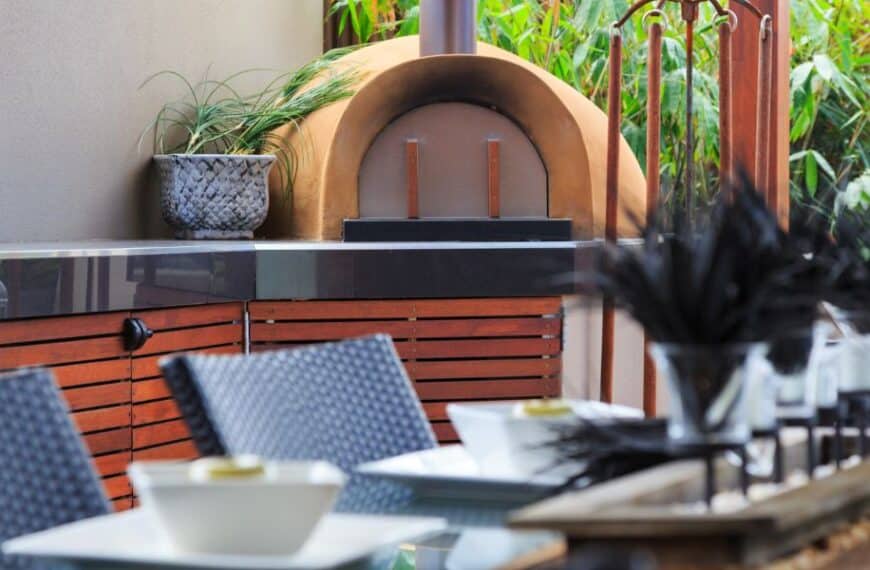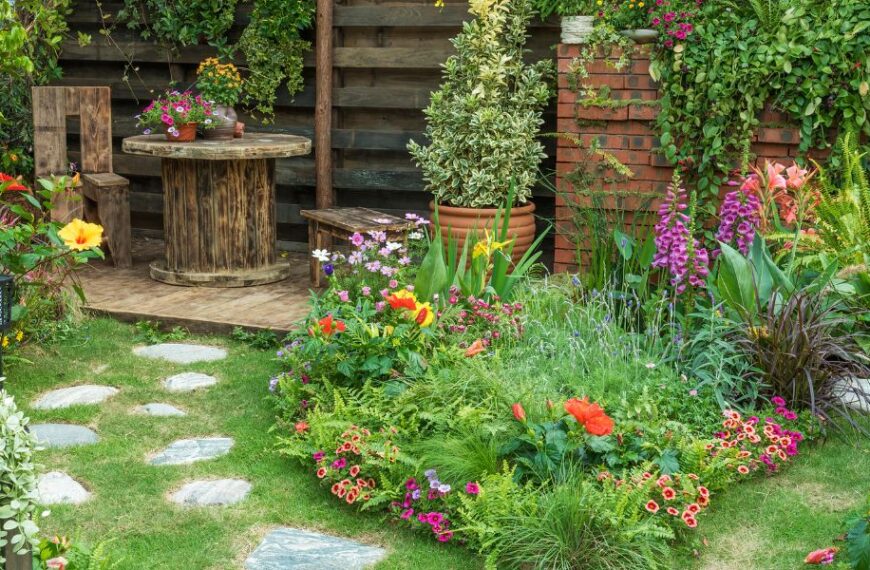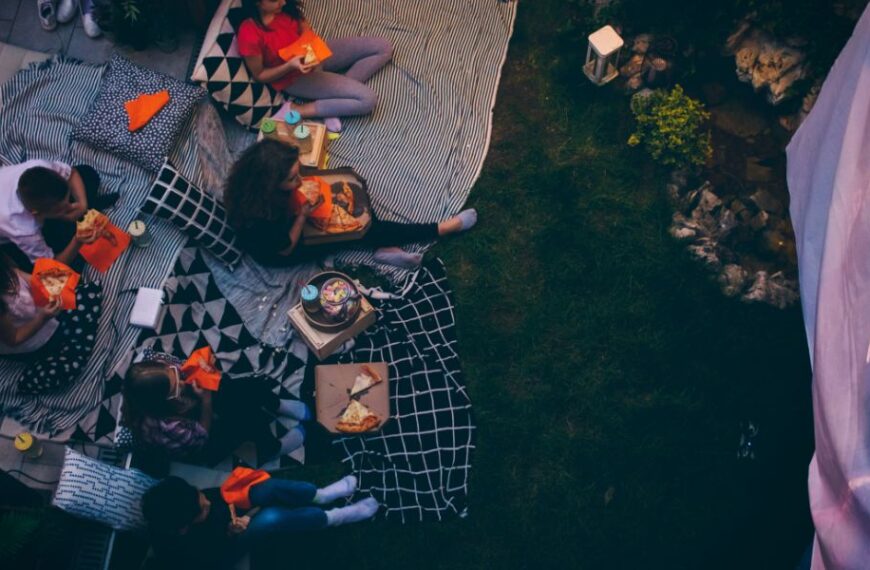Content
As an interior design specialist, I am always on the lookout for the latest trends that can transform any space into a haven of beauty and tranquility.
One such trend that has been making waves in the world of outdoor decor is vertical gardening.
This innovative approach to gardening not only adds a touch of greenery to your outdoor spaces but also maximizes your use of space, making it ideal for those with limited outdoor areas.
In this article, we will delve into the world of vertical gardens and provide you with tips on how to incorporate them into your outdoor decor.
Understanding vertical gardens
Vertical gardens, also known as living walls or green walls, are self-sufficient gardens that are attached to the exterior or interior walls of a building.
They come in various sizes and shapes, and can be tailored to fit any space.
The plants in a vertical garden are usually housed in modules that contain a growing medium like soil or a soil substitute.
Benefits of vertical gardens
Apart from their aesthetic appeal, vertical gardens offer numerous benefits. They help reduce the heat absorption of buildings, thereby lowering energy costs.
They also improve air quality by filtering pollutants and producing oxygen.
Additionally, they provide a habitat for birds and beneficial insects, promoting biodiversity.
Choosing the right plants
The success of your vertical garden largely depends on your choice of plants.
When selecting plants for your vertical garden, consider factors such as light requirements, growth rate, and size at maturity.
Some plants that thrive in vertical gardens include ferns, succulents, ivy, and certain types of herbs and vegetables.
Tips for choosing plants
- Light requirements: ensure the plants you choose can thrive in the amount of sunlight available in your chosen location.
- Growth rate: opt for plants with a slow to moderate growth rate to minimize maintenance.
- Size at maturity: consider the size of the plant at maturity to ensure it doesn’t outgrow its space.
Incorporating vertical gardens into your outdoor decor
There are numerous ways to incorporate vertical gardens into your outdoor decor.
You can use them as a focal point in your garden, or use them to create a green backdrop for your outdoor seating area.
You can also use them to add a touch of greenery to your balcony or patio.
Tips for incorporating vertical gardens
- Create a focal point: use a vertical garden to draw attention to a particular area in your garden.
- Add a green backdrop: place a vertical garden behind your outdoor seating area to create a serene and relaxing atmosphere.
- Maximize limited space: if you have limited outdoor space, use a vertical garden to add greenery without taking up too much space.
Maintaining your vertical garden
Maintaining a vertical garden is relatively easy. Regular watering and feeding are essential, and you may need to prune the plants occasionally to keep them looking their best.
It’s also important to monitor the health of your plants regularly and treat any diseases or pests promptly.
Incorporating vertical gardens into your outdoor decor can transform your space into a lush, green oasis.
With the right choice of plants and proper maintenance, you can enjoy the beauty and benefits of a vertical garden all year round.








